Ancient Late iron Age Near Eastern Levantine Philistine Carved Limestone Votive Double Spirit Figure
An Ancient Late iron Age Near Eastern Levantine Philistine Carved Limestone Votive Double Spirit Figure with Clasped Hands and Expressive Oval Faces
Circa 1200 - 586 BC
Size: 15cm high, 10cm wide, 4cm deep - 6 ins high, 4 ins wide, 1½ ins deep
Circa 1200 - 586 BC
Size: 15cm high, 10cm wide, 4cm deep - 6 ins high, 4 ins wide, 1½ ins deep
An Ancient Late iron Age Near Eastern Levantine Philistine Carved Limestone Votive Double Spirit Figure with Clasped Hands and Expressive Oval Faces
Circa 1200 - 586 BC
Size: 15cm high, 10cm wide, 4cm deep - 6 ins high, 4 ins wide, 1½ ins deep
Circa 1200 - 586 BC
Size: 15cm high, 10cm wide, 4cm deep - 6 ins high, 4 ins wide, 1½ ins deep
The Philistine Kingdom existed in parallel to the Israelite Kingdoms during the Iron Age. Their distinctive material culture was derived from Aegean origins and rapidly absorbed Cypriot, Egyptian and local Caanite influences. Part of an interesting population movement known as the ‘Sea Peoples’ which took place at the beginning of the 1st Millennium B.C they established themselves in the southern limits of the Levant close to the Mediterranean sea. Based on archaeological remains they were not ignorant as their name implies, but a cultured and refined people. However, in Biblical text they are regarded as the arch-enemies of the Israelites. In Ancient Egypt from the time of Rameses III, 1185 B.C, they are mentioned in the hieroglyphs on the walls of the Medinet Temple in Thebes.
Figurines representing human spirits were used for personal and collective rites of a shamanistic nature. Similarly figures of domestic animals were used to enhance fertility. Shamans acted as mediators between the earthly and supernatural worlds, responsible for healing the sick, predicting the future, increasing the crop yield and for making rain.
Figurines representing human spirits were used for personal and collective rites of a shamanistic nature. Similarly figures of domestic animals were used to enhance fertility. Shamans acted as mediators between the earthly and supernatural worlds, responsible for healing the sick, predicting the future, increasing the crop yield and for making rain.
Ex Private English collection
cf: Ancient figurine of a Votive Limestone Bird from the Jordan Valley Gigal 1 Site in the collection of Israel Musuem Jerusalem
cf: Ancient figurine of a Votive Limestone Bird from the Jordan Valley Gigal 1 Site in the collection of Israel Musuem Jerusalem
Ancient Late iron Age Near Eastern Levantine Philistine Carved Limestone Votive Double Spirit Figure
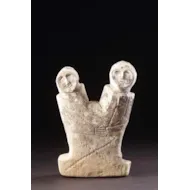
SOLD
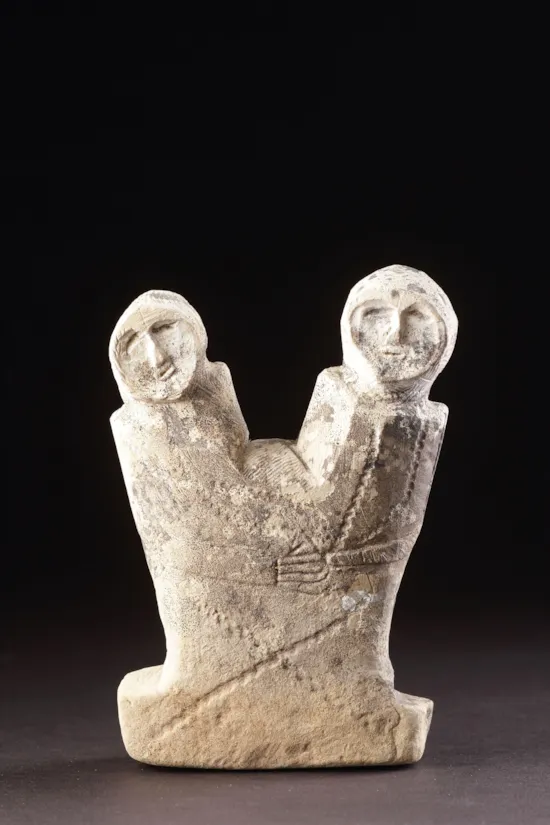
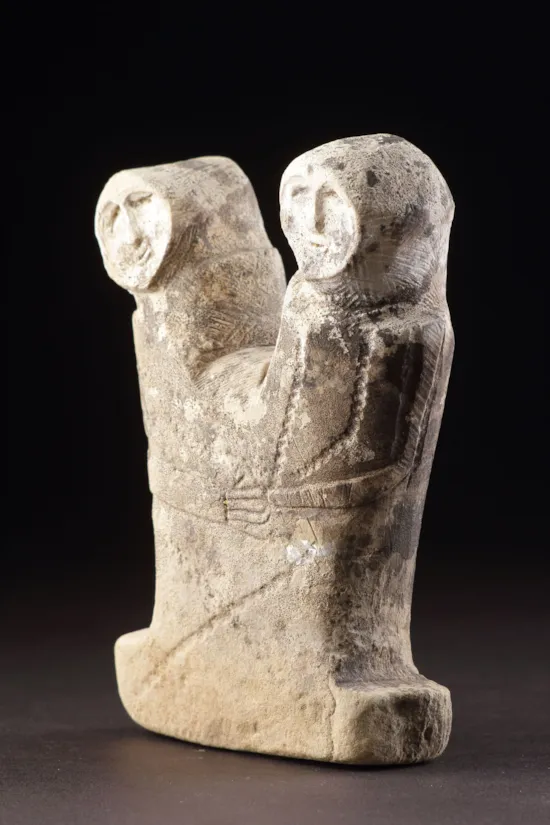
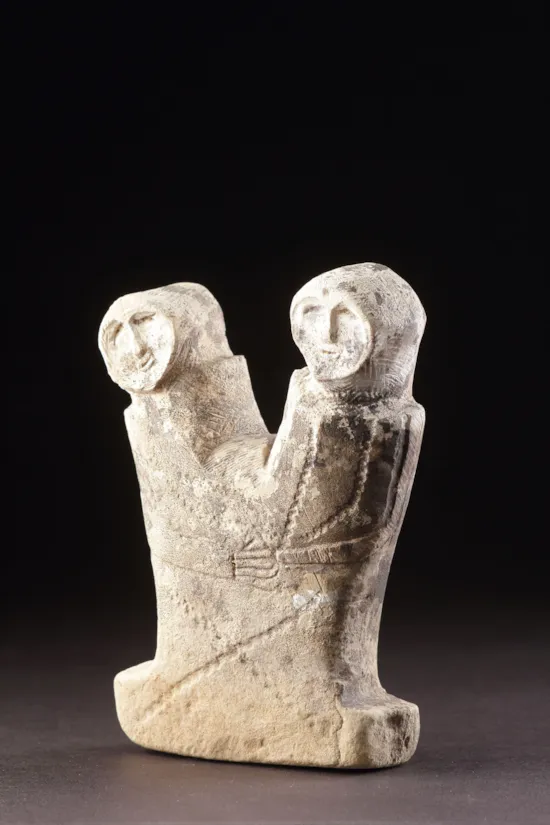
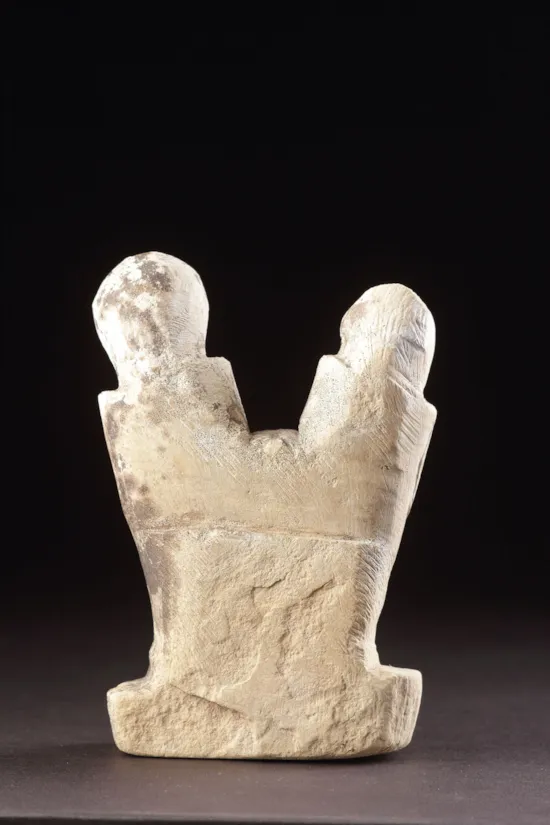
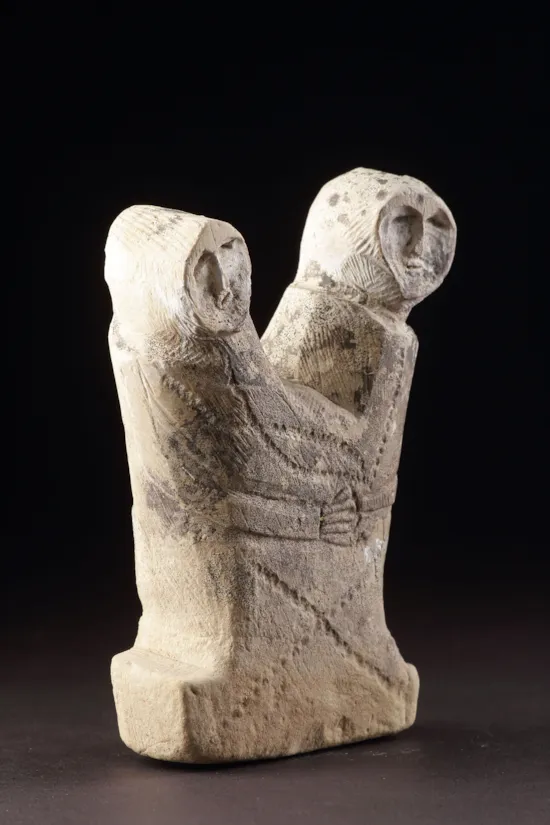
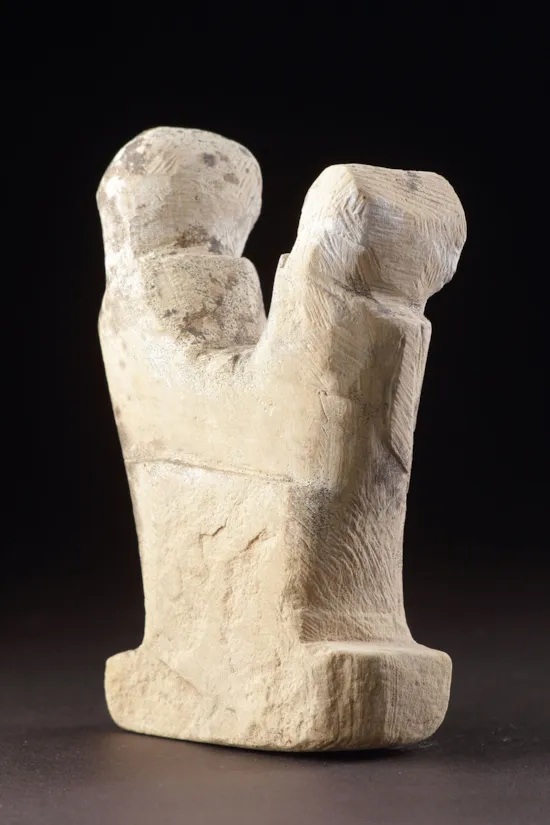
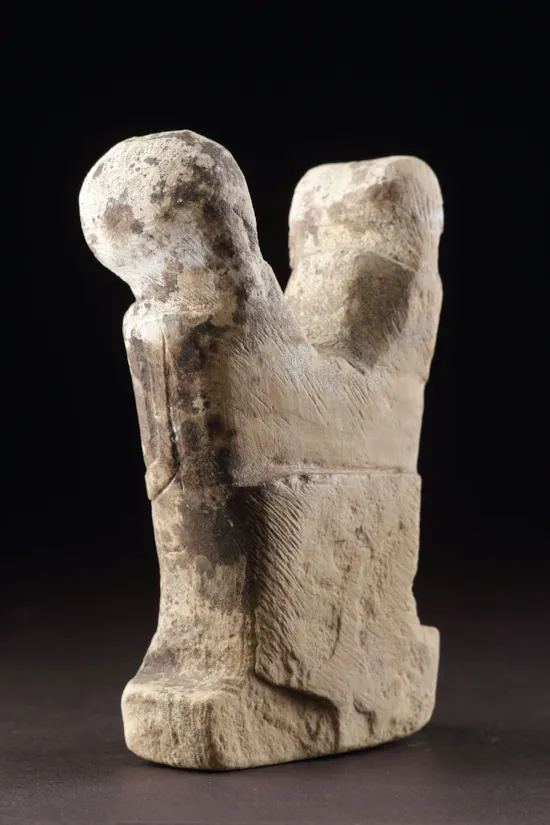
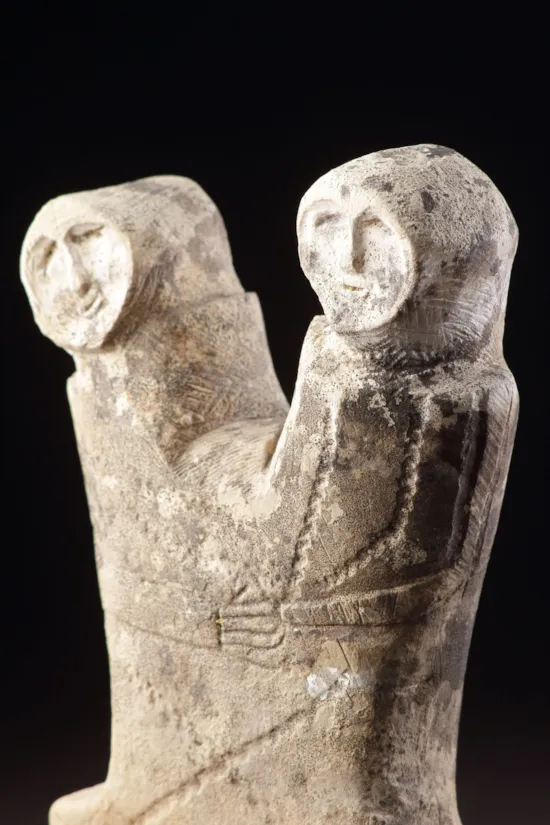










YOU MAY ALSO LIKE


